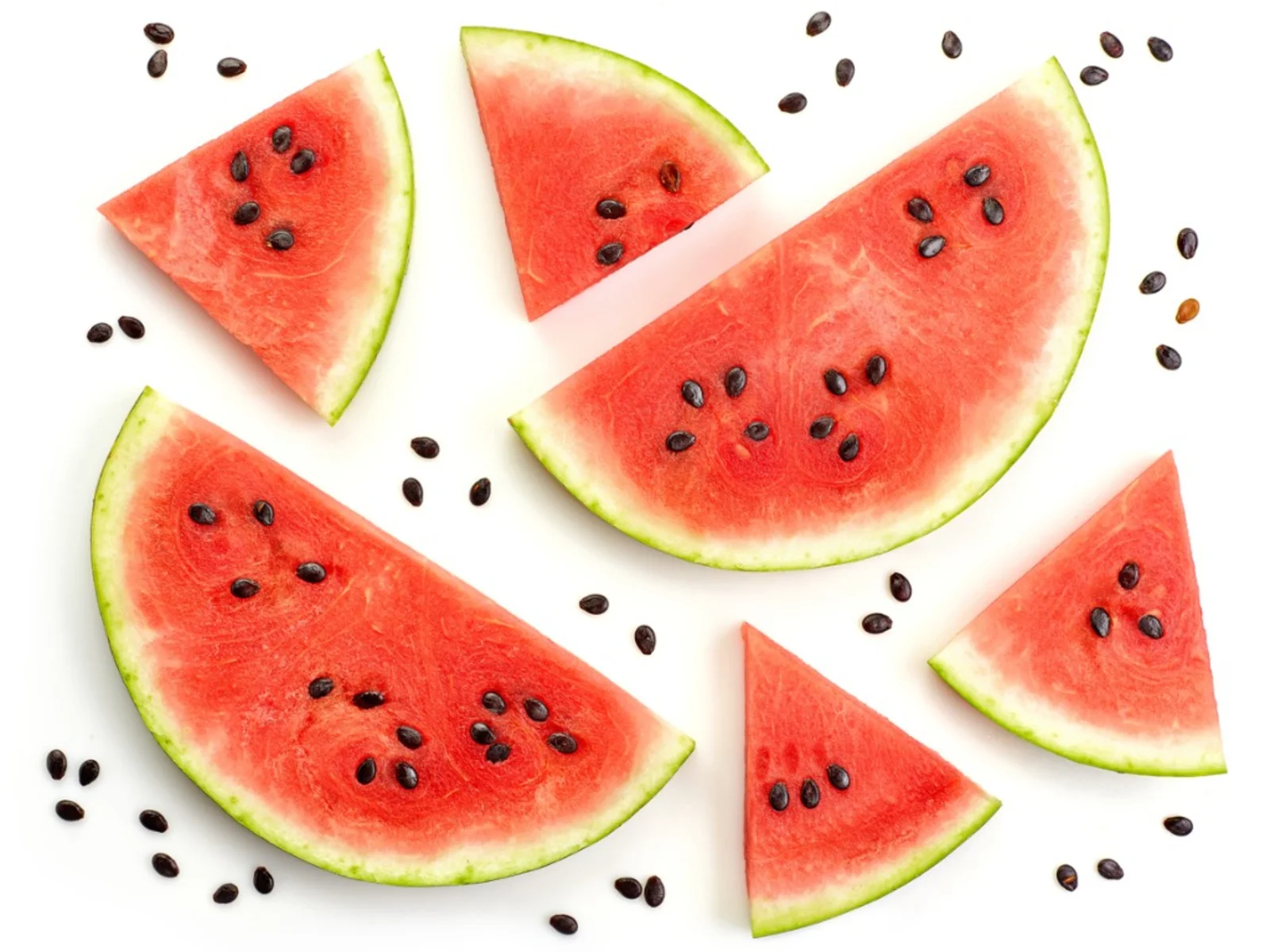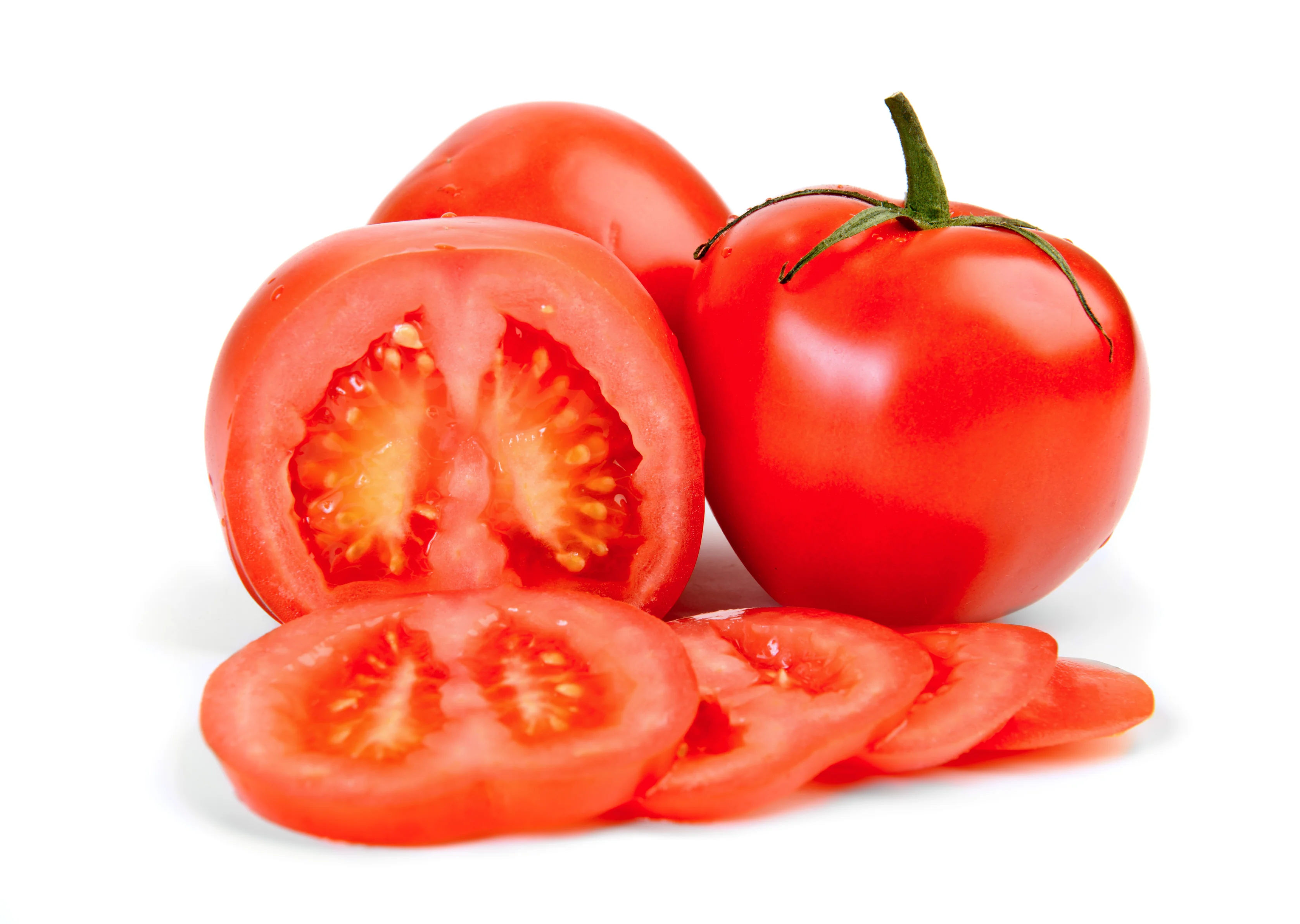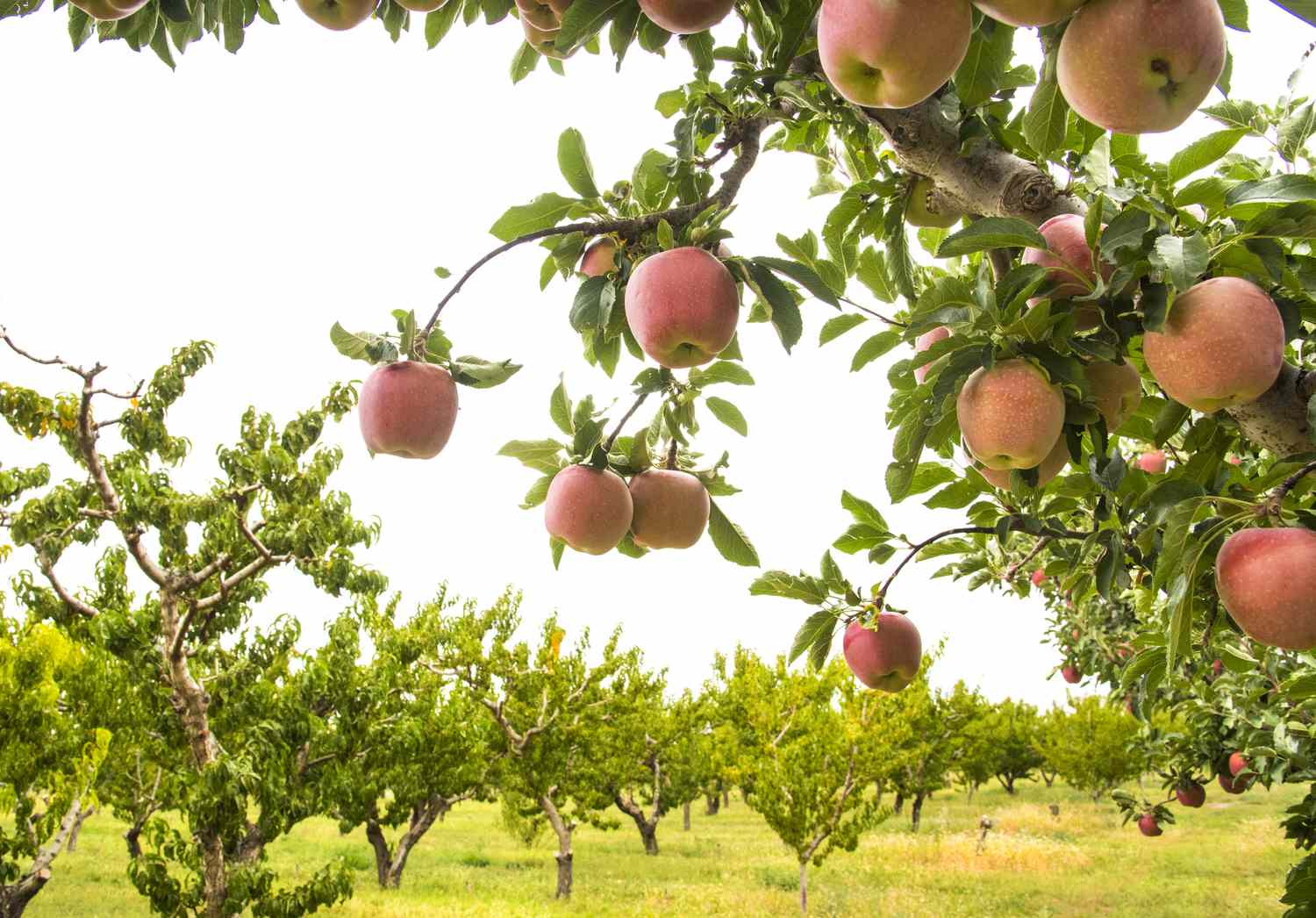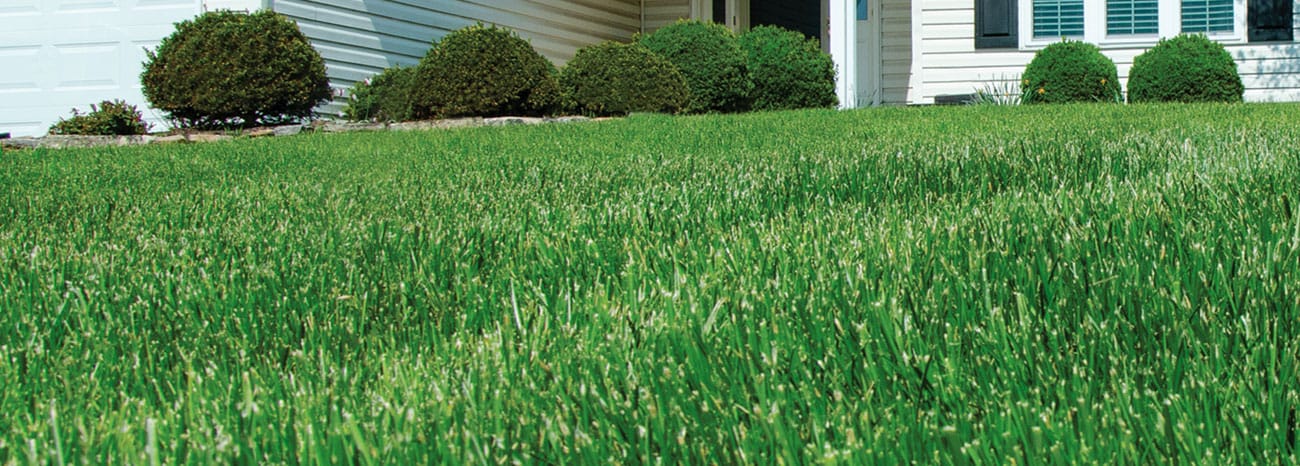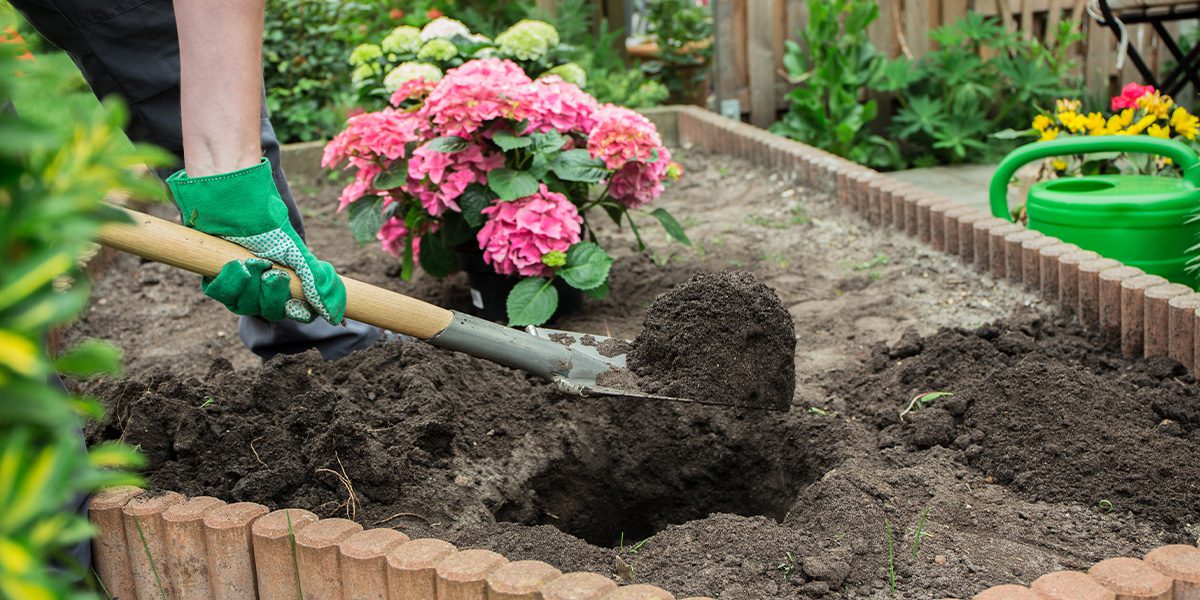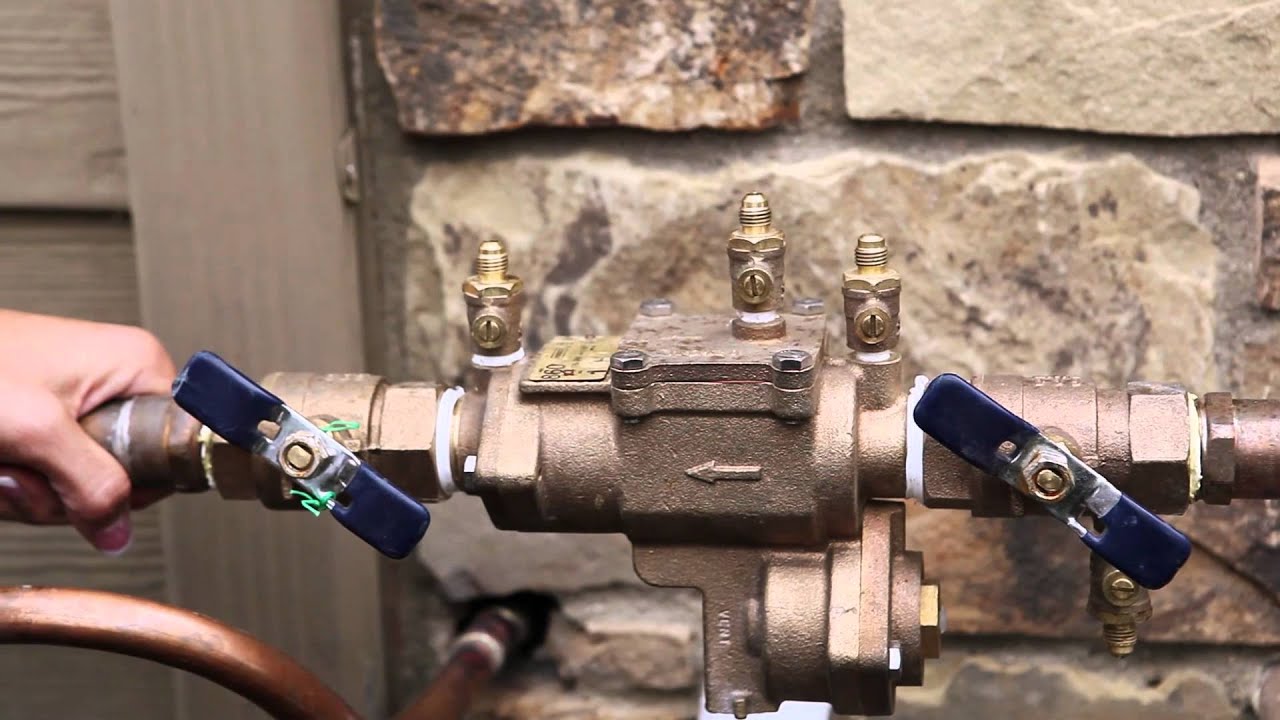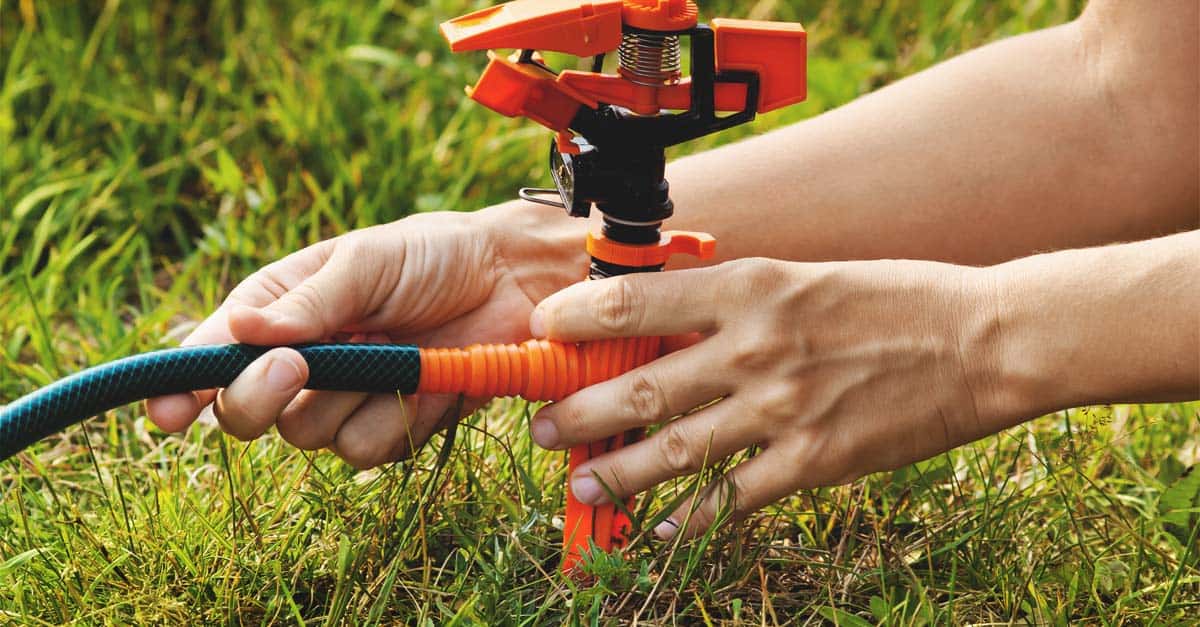Home>Types of Gardening>Ornamental Gardening>When Should You Bring Succulents Inside
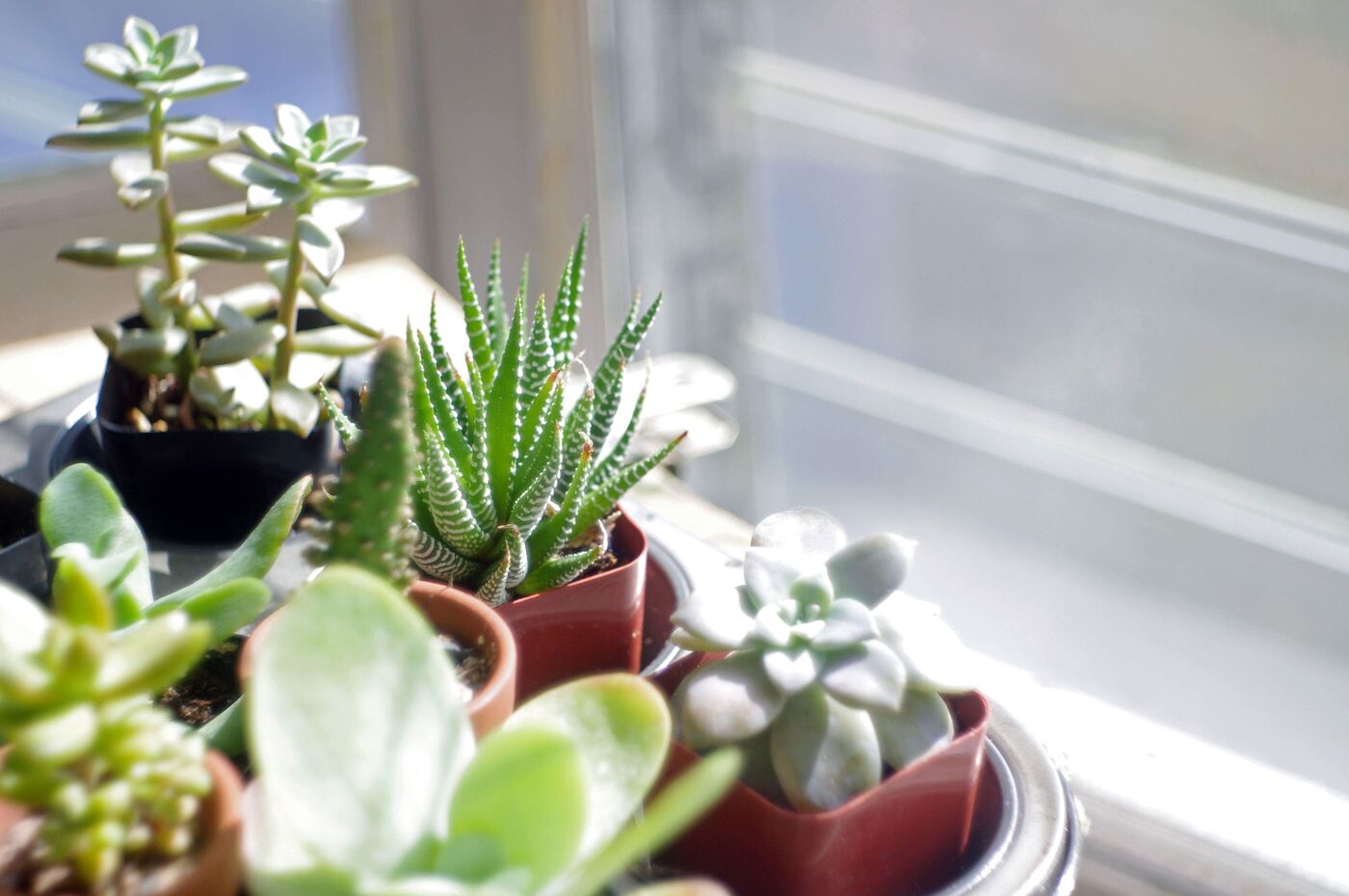

Ornamental Gardening
When Should You Bring Succulents Inside
Modified: February 9, 2024
Learn when the best time is to bring your succulents indoors for ornamental gardening purposes, ensuring they thrive and survive the changing seasons.
(Many of the links in this article redirect to a specific reviewed product. Your purchase of these products through affiliate links helps to generate commission for Chicagolandgardening.com, at no extra cost. Learn more)
Table of Contents
Introduction
Welcome to the world of ornamental gardening! If you have a deep appreciation for the beauty of plants, then ornamental gardening offers a wonderful opportunity to create stunning outdoor spaces. One aspect of ornamental gardening that has gained popularity in recent years is growing succulents. These unique and resilient plants add a touch of elegance and desert charm to any garden or indoor space.
Succulents are known for their ability to store water in their leaves and stems, making them incredibly drought-tolerant and low-maintenance. Their fascinating shapes and vibrant colors make them a favorite choice among both beginner and experienced gardeners. However, while succulents are hardy and resilient, they are not invincible.
As the seasons change, it’s essential to understand when it’s time to bring your succulents indoors for protection. Knowing when to make this move can be the difference between a thriving succulent collection and one that struggles to survive. In this article, we will explore the factors to consider when deciding whether to bring your succulents inside, signs that indicate it’s time to make the move, and how to properly transition your plants to an indoor environment.
By understanding the needs of your succulents and taking appropriate action, you can enjoy their beauty year-round and ensure their well-being. So, let’s dive in and explore the fascinating world of bringing succulents indoors!
Understanding succulents
Before we delve into when to bring succulents inside, let’s take a moment to understand these remarkable plants. Succulents belong to a diverse group of plants that have adapted to arid environments. They are characterized by their fleshy leaves and stems, which serve as water storage organs.
One of the most fascinating aspects of succulents is their ability to survive in dry conditions. Their thick, waxy leaves or stems allow them to store water for an extended period, making them incredibly resilient and drought-tolerant. This unique adaptation enables them to thrive in regions with little rainfall or in containers with well-draining soil.
Succulents come in a wide variety of shapes, sizes, and colors. Some popular types include Echeveria, Aloe, Sedum, and Crassula. Each species has its own unique characteristics and care requirements. Some succulents grow as compact rosettes, while others form trailing vines or columnar shapes. These diverse forms make succulents highly versatile in both outdoor and indoor gardens.
Another noteworthy feature of succulents is their ability to reproduce through various methods. They can propagate from seeds, offsets (small plantlets that grow from the base of the parent plant), stem cuttings, or leaf cuttings. This makes succulents an excellent choice for gardeners who enjoy experimenting with plant propagation and expanding their collection.
When it comes to caring for succulents, it’s important to remember that they are not desert plants. While they have adaptations for water storage, they still require proper care and attention. This includes providing them with adequate sunlight, well-draining soil, and appropriate watering techniques.
Now that we have a good understanding of succulents and their unique characteristics, we can move on to the factors to consider when deciding whether to bring them inside.
Factors to consider
Bringing your succulents indoors is a decision that should be based on several factors. While succulents are generally hardy and adaptable, it is important to assess the specific needs of your plants and the conditions they are exposed to. Here are some key factors to consider:
- Temperature fluctuations: Succulents are typically accustomed to warm or hot temperatures, and sudden drops in temperature can be detrimental to their health. If you live in an area with unpredictable weather patterns or experience cold snaps, it may be wise to bring your succulents indoors to protect them from freezing temperatures.
- Frost risk: Succulents are not frost-tolerant and can be severely damaged or even killed by frost. If frost is a possibility in your region, it is crucial to monitor the weather conditions and bring your succulents indoors when frost is imminent.
- Light availability: Succulents thrive in bright, indirect sunlight and require several hours of sunlight each day to maintain their health and vibrant colors. If you notice that the light levels are diminishing as the seasons change, it may be a sign that it’s time to bring your succulents inside to ensure they receive adequate light.
- Excessive rain: While succulents can withstand periods of drought, excessive rainfall can lead to overwatering and root rot. If you live in an area with heavy rainfall or are experiencing a particularly rainy season, it may be necessary to bring your succulents indoors to protect them from waterlogged conditions.
- Pest infestations: Succulents can be susceptible to certain pests such as mealybugs, aphids, and spider mites. If you notice a sudden increase in pest activity or an infestation, it is crucial to act promptly to prevent further damage. Bringing your succulents indoors can help isolate and treat the affected plants more effectively.
By considering these factors and observing the current conditions, you can make an informed decision about bringing your succulents indoors. Remember that each succulent species may have slightly different requirements, so it’s essential to familiarize yourself with the specific needs of your plants.
Now that we understand the factors to consider, let’s explore the steps to protect succulents from cold weather and when it’s time to bring them indoors.
Cold weather protection
When temperatures start to drop, it’s crucial to take proactive measures to protect your succulents from the cold. While some succulents can tolerate cool temperatures, prolonged exposure to freezing temperatures can damage or even kill them. Here are some effective methods for cold weather protection:
- Covering: One simple and inexpensive way to protect your outdoor succulents is by covering them with a frost cloth or blanket. This creates a barrier between the plants and the cold air, helping to retain some heat. Ensure that the covering is secure but not too tight, as you want to allow for proper air circulation.
- Moving to sheltered areas: If you have potted succulents, consider moving them closer to your home or to a more sheltered location, such as a covered porch or a greenhouse. These areas provide additional insulation and protection against cold winds and frost.
- Mulching: Applying a layer of organic mulch, such as straw or wood chips, around the base of your succulents can help insulate the soil and protect the roots from freezing temperatures. Mulching also helps retain moisture in the soil, which is beneficial during dry winter months.
- Using heat sources: In extreme cold conditions, you may need to use artificial heat sources, such as heat lamps or electric heaters, to protect your succulents. Ensure that you follow safety precautions and keep the heat source at a safe distance from the plants to prevent overheating or fire hazards.
- Bringing indoors: If your succulents are in containers or portable pots, consider bringing them indoors to shield them from freezing temperatures. Find a well-lit area near a window where they can still receive ample sunlight. Alternatively, consider using grow lights to provide the necessary light energy for their growth.
Remember, prevention is key when it comes to cold weather protection for your succulents. Keep a close eye on the weather forecast, and if temperatures are predicted to drop significantly, it’s best to take action before the cold sets in.
Now that we’ve covered cold weather protection, let’s explore the ideal temperature requirements for succulents and how to ensure they receive adequate light.
Temperature requirements
Understanding the temperature requirements of your succulents is essential for their overall health and well-being. While succulents are known for their ability to tolerate warm and dry conditions, they also have specific temperature preferences. Here are some guidelines to keep in mind:
Optimal temperature range: Most succulents prefer temperatures between 60°F (15°C) and 80°F (27°C) during the day. These temperatures provide the ideal conditions for their growth and development. However, some species can tolerate higher temperatures, while others prefer cooler environments.
Cold temperature tolerance: While succulents are generally more cold-tolerant than other types of plants, their ability to withstand low temperatures varies among species. Some succulents, such as Sedums and Sempervivums, can tolerate freezing temperatures and even snow, while others, like certain Echeverias and Aloes, are more sensitive to frost and require protection.
Warmth requirements: If you live in a region with hot summers, it’s crucial to protect your succulents from prolonged exposure to extreme heat. Many succulents can handle temperatures above 90°F (32°C), but prolonged exposure to intense heat can cause sunburn and damage the plant’s tissues. Providing partial shade during the hottest part of the day or moving them to a cooler location can be beneficial during heatwaves.
Temperature fluctuations: Succulents generally prefer consistent temperatures rather than drastic fluctuations. Sudden temperature changes, especially from extreme cold to extreme heat, can stress the plants and affect their growth. Try to avoid placing succulents in areas with rapid temperature fluctuations, such as near heating vents or drafty windows.
Understanding the temperature preferences of your succulents allows you to create an environment that promotes their health and encourages their growth. Monitoring the temperature in both indoor and outdoor settings is crucial to ensure they are thriving.
Now that we’ve covered temperature requirements, let’s explore the crucial role of light and how to provide the right amount of light for your succulents.
Light requirements
Light is an essential factor in the growth and overall well-being of succulents. As desert plants, they have adapted to receive ample sunlight in their natural habitats. Understanding their light requirements will help you provide the ideal conditions for your succulents to thrive. Here are some key points to consider:
Intensity of sunlight: Succulents thrive in bright, indirect sunlight. They require several hours of direct sunlight each day to maintain their vibrant colors and compact growth. However, intense, prolonged sunlight can cause sunburn and damage their leaves. Finding the right balance is crucial for their health.
Indoor versus outdoor lighting: If you are growing succulents indoors, it’s important to mimic the natural sunlight they would receive outdoors. Place them near a sunny window that receives bright, indirect light for most of the day. If your home doesn’t have sufficient natural light, you can supplement it with grow lights that emit the appropriate spectrum of light for succulent growth.
Outdoor light requirements: If your succulents are placed outdoors, consider their specific light preferences. Most succulents can tolerate full sun, but some species, like Haworthias and Gasterias, prefer partial shade or filtered light. Observe the direction of sunlight in your garden and position your succulents accordingly to ensure they are getting the right amount of light.
Rotation for even growth: As succulents tend to grow toward the direction of the light source, it’s beneficial to rotate them regularly. This ensures that all parts of the plant receive equal exposure to sunlight, preventing them from becoming lopsided or stretching toward the light. Aim to rotate your succulents about once every month or two.
Monitoring the sunlight conditions and ensuring that your succulents receive the appropriate amount of light is crucial for their growth and appearance. Remember that each species may have slightly different light requirements, so it’s important to research and understand the specific needs of your succulent collection.
Now that we’ve explored the important role of light for succulents, let’s discuss another vital aspect of their care: watering needs.
Watering needs
Understanding the watering needs of succulents is crucial for their survival and thriving. As desert-adapted plants, succulents have evolved to tolerate long periods of drought and have unique water storage mechanisms. Here are some important considerations when it comes to watering your succulents:
Watering frequency: Succulents have low water requirements, and overwatering is one of the most common causes of succulent death. It is essential to allow the soil to dry out completely between waterings. The frequency of watering will depend on various factors such as the temperature, humidity, and the type of soil. Generally, watering once every 10-14 days during the growing season is sufficient, but always check the soil moisture level before watering.
Watering techniques: When watering succulents, it’s best to use the “soak and dry” method. This involves thoroughly watering the soil until water drains out of the drainage holes, ensuring that water reaches the roots. Then, allow the soil to dry out completely before the next watering. Avoid misting or spraying succulents, as this can lead to shallow root growth and increase the risk of rot.
Water quality: Succulents are sensitive to mineral buildup in the soil, so it’s advisable to use filtered or distilled water to prevent the accumulation of salts and other minerals. If using tap water, allow it to sit for 24 hours to let the chlorine dissipate.
Seasonal adjustments: The watering needs of succulents may vary depending on the season. During the dormant period, typically in winter, succulents require less frequent watering as their growth slows down. Adjust your watering schedule accordingly and always be observant of the moisture levels in the soil.
Symptoms of overwatering and underwatering: It’s important to be able to recognize the signs of overwatering and underwatering in succulents. Overwatering can lead to yellowing or mushy leaves and root rot, while underwatering can cause shriveled or wrinkled leaves. By paying attention to these symptoms, you can adjust your watering practices accordingly.
By providing the right amount of water at the right time, you can ensure that your succulents remain healthy and vibrant. Remember to always consider the specific needs of each succulent species, as they may have slightly different preferences when it comes to watering.
Now that we’ve covered watering needs, let’s discuss the common pests and diseases that may affect succulents and how to keep them at bay.
Pests and diseases
While succulents are generally resilient plants, they can still be susceptible to certain pests and diseases. Being aware of common problems and taking proactive measures can help you keep your succulents healthy and free from infestations. Here are some common pests and diseases to watch out for:
Mealybugs: These small, cotton-like insects are a common pest that can cause damage to succulents by feeding on their sap. Look out for cottony clusters on the leaves or along the stems. To treat a mealybug infestation, you can use a cotton swab dipped in rubbing alcohol to remove the pests, or use an organic insecticidal soap according to the manufacturer’s instructions.
Aphids: Aphids are tiny insects that commonly infest succulents, feeding on the plant’s sap. They are usually found in clusters on new growth or the undersides of leaves. To remove them, you can use a strong jet of water or an insecticidal soap. Ladybugs and lacewings are natural predators of aphids and can help control their population.
Spider mites: These tiny pests are difficult to spot with the naked eye but can cause significant damage by sucking the sap from succulent leaves. Look for webbing between leaves or notice yellowing and stippling on the foliage. Regularly misting your succulents and keeping the humidity levels up can help prevent spider mite infestations. If infestation occurs, use a miticide according to the product instructions.
Root rot: Overwatering, poor drainage, or using heavy soil mixes can lead to root rot in succulents. Signs of root rot include wilting, yellowing leaves, and a foul smell emanating from the soil. If you suspect root rot, remove the affected parts of the plant and replant it in fresh, well-draining soil. Adjust your watering practices to prevent future occurrences.
Fungal diseases: Succulents can be prone to fungal diseases such as powdery mildew or black spot. These often occur in humid conditions or when there is poor air circulation around the plants. To prevent fungal diseases, avoid overwatering and ensure good airflow around your succulents. If fungal diseases do occur, you can use a fungicide recommended for succulents, following the instructions carefully.
Regularly inspecting and maintaining your succulents is crucial for early detection and treatment of any pest or disease issues. Good cultural practices, such as providing proper air circulation and avoiding overwatering, will minimize the risk of pest infestations and diseases.
Now that we’ve covered pests and diseases, let’s explore the signs that indicate it’s time to bring your succulents indoors for their protection.
Signs it’s time to bring succulents indoors
While succulents are naturally hardy and can tolerate a range of conditions, there are certain signs that indicate it’s time to bring them indoors for their protection. Being mindful of these signs will help preserve the health and longevity of your succulents. Here are some indicators that it’s time to make the move:
- Frost or freezing temperatures: If you live in an area where frost or freezing temperatures are predicted, it’s crucial to bring your succulents indoors. Even cold-tolerant succulent species can be damaged by prolonged exposure to freezing temperatures.
- Temperature extremes: Succulents may struggle to survive in extreme heat or cold. If you live in an area where temperatures frequently exceed their optimal range or where drastic temperature fluctuations occur, it’s advisable to bring them indoors to provide a more controlled environment.
- Diminishing sunlight: As the seasons change, the intensity and duration of sunlight may decrease. If you notice that your succulents are not receiving enough light to maintain their healthy growth and vibrant colors, it’s time to bring them indoors. Supplementing with grow lights can be beneficial in this situation.
- Excessive rainfall: While succulents are drought-tolerant, they are not suited for excessively wet or waterlogged conditions. If you’re experiencing a rainy period or heavy rainfall, bringing your succulents indoors will protect them from root rot and other water-related issues.
- Increased pest activity: If you notice a sudden increase or persistent presence of pests on your succulents, it may be a sign that it’s time to bring them indoors. Indoor environments make it easier to control and treat pest infestations effectively.
By paying attention to these signs and making the decision to bring your succulents indoors when necessary, you can ensure their survival and well-being. Remember that prevention is key, and it’s always better to err on the side of caution when it comes to protecting your precious succulent collection.
Now that we’ve discussed the signs it’s time to bring succulents indoors, let’s explore how to properly transition them to an indoor environment.
How to bring succulents indoors properly
When transitioning your succulents from an outdoor environment to an indoor setting, it’s important to follow a few essential steps to ensure a smooth and successful transition. Here’s a guide on how to bring your succulents indoors:
- Choose the right timing: Ideally, bring your succulents indoors before the first frost or when temperatures start dropping consistently. This will prevent any damage to the plants due to sudden cold exposure.
- Inspect and clean: Before bringing your succulents indoors, check for any pests, diseases, or dead leaves. You want to avoid introducing any problems into your indoor environment. Trim off any dead or damaged foliage and gently remove any unwanted pests.
- Acclimate gradually: Succulents need time to adjust to indoor conditions. Start by placing them in a shaded or partially shaded area indoors for a few days, gradually increasing their exposure to sunlight. This gradual transition will help prevent sunburn or shock from sudden changes in light intensity.
- Provide adequate light: Succulents need bright, indirect light when indoors. Place them near a sunny window where they can receive at least four to six hours of sunlight per day. If natural light is limited, supplement with grow lights to provide the necessary light energy for their growth.
- Monitor humidity and temperature: Indoor environments tend to be drier than outdoor settings, especially during the winter months when indoor heating systems are running. To compensate for the lower humidity, mist your succulents occasionally or place a tray filled with water and pebbles near them to increase moisture levels.
- Adjust watering: Succulents typically require less frequent watering indoors due to the lower light intensity and slower growth. Be careful not to overwater them, as this can lead to root rot. Always allow the soil to dry out completely between waterings, and adjust the frequency based on the specific needs of your succulents.
- Maintain air circulation: Good air circulation is important for preventing fungal issues and promoting healthy growth. Make sure your indoor space has adequate ventilation or use a fan to create gentle air movement around your succulents.
- Continue regular care: While your succulents may be indoors, they still require regular care. Monitor them for signs of pests, diseases, or any other issues. Trim off any dead or dying leaves and fertilize sparingly during the growing season, following the instructions for succulent-appropriate fertilizers.
By following these steps, you can ensure a successful transition for your succulents from the outdoors to the indoors. Remember that each succulent species may have slightly different needs, so observe and adapt your care practices accordingly.
Now that we’ve covered how to bring succulents indoors properly, let’s explore some common mistakes to avoid in succulent care.
Common mistakes to avoid
While growing succulents can be rewarding and relatively simple, there are some common mistakes that can hinder their growth and overall health. By being aware of these mistakes and taking steps to avoid them, you can ensure the success of your succulent collection. Here are some common mistakes to avoid:
- Overwatering: Succulents are adapted to survive in dry conditions and have low water requirements. Overwatering is one of the most common mistakes that can lead to root rot and other issues. Always allow the soil to dry out between waterings and ensure that the pot has proper drainage to prevent water accumulation.
- Using the wrong soil: Succulents require well-draining soil to prevent excess moisture around their roots. Using regular potting soil that retains too much water can lead to root rot. Use a specialized succulent or cactus soil mix that provides excellent drainage and aeration.
- Insufficient light: Succulents thrive in bright, indirect sunlight. Insufficient light can cause them to become leggy, lose their vibrant colors, or even stop growing. Ensure your succulents receive at least four to six hours of sunlight per day, or provide supplemental grow lights if natural light is limited.
- Improper pot size: Choosing the right pot size is crucial for succulent growth. Using a pot that is too large can result in excess moisture retention and can make it challenging to control watering. Select a pot that is slightly larger than the root ball of your succulent, allowing for future growth but ensuring adequate drainage.
- Ignoring signs of pests or diseases: Pest infestations and diseases can rapidly spread and harm your succulents if left untreated. Regularly inspect your plants for any signs of pests, such as webs, cottony clusters, or leaf damage. Treat infestations promptly with appropriate methods or seek advice from a horticulturist or gardening expert.
- Skipping regular maintenance: Succulents, like any other plants, require regular care and maintenance. This includes removing dead leaves, trimming overgrown parts, and repotting when necessary. Neglecting these tasks can lead to overcrowding, poor airflow, and increased risk of pests or diseases.
By avoiding these common mistakes and practicing proper care techniques, you can create an optimal environment for your succulents to flourish. Remember that each succulent may have specific care requirements, so it’s important to familiarize yourself with the needs of your particular species.
Now that we’ve covered common mistakes to avoid, let’s wrap up with a recap of the key points we’ve discussed in this article.
Conclusion
Ornamental gardening with succulents is a wonderful way to add beauty and character to your outdoor and indoor spaces. Understanding the unique requirements of succulents and knowing when to bring them indoors is essential for their well-being. By considering factors such as temperature fluctuations, frost risk, light availability, excessive rain, and pest infestations, you can make an informed decision on when to protect your succulents from potential harm. Additionally, avoiding common mistakes like overwatering, using the wrong soil, insufficient light, improper pot size, ignoring signs of pests or diseases, and neglecting regular maintenance will help your succulents thrive.
Remember to acclimate your succulents gradually to indoor conditions, provide adequate light, monitor humidity and temperature, adjust watering practices, and maintain proper airflow. These steps will ensure a successful transition and continued health of your succulent collection.
Caring for succulents requires attention to detail and a deep understanding of their unique needs. By incorporating these practices into your gardening routine, you can enjoy the beauty and resilience of these remarkable plants year-round. So go ahead, cultivate your own succulent oasis, and witness the joy they bring as they thrive and flourish in your care.

